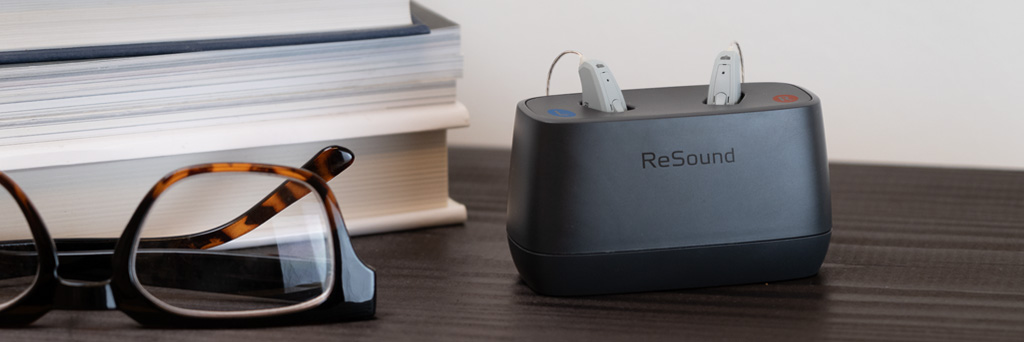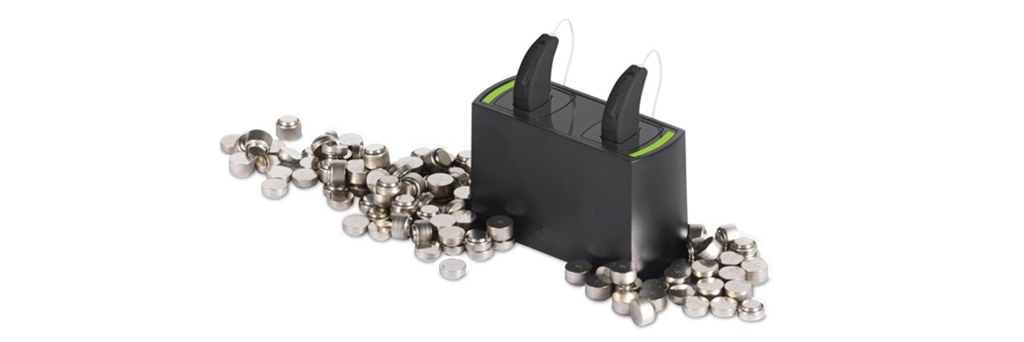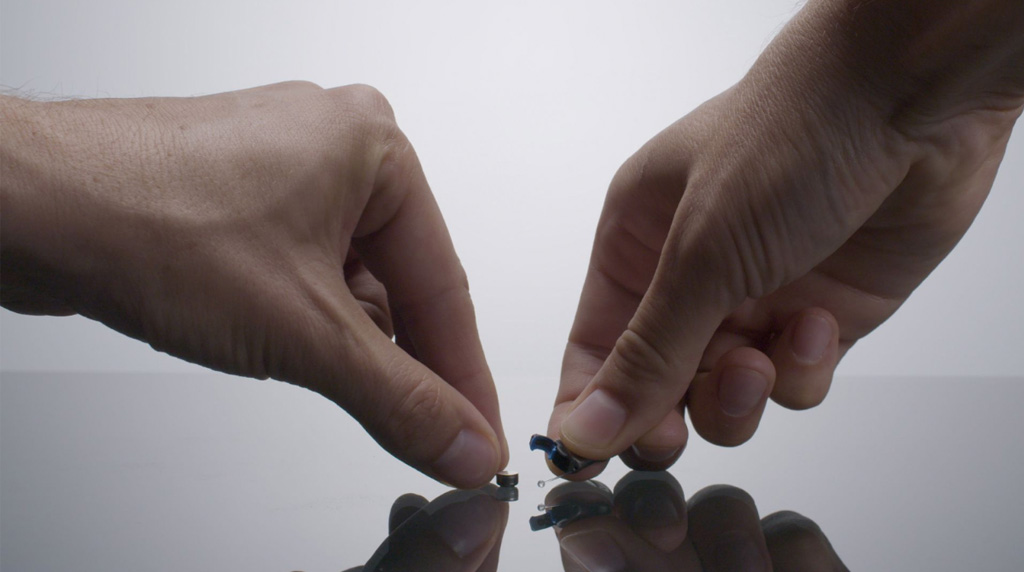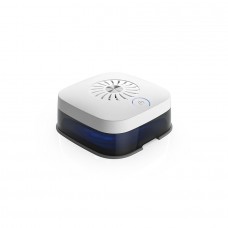Are battery or rechargeable hearing aids better?


Rechargeable hearing aids have been on the market for several years now.
The truth is that this type of hearing aid is becoming more and more popular and, as time goes by, brands improve batteries to provide better results.
We have been able to see them mostly in BTE and RIC format and even some brands such as ReSound have released their rechargeable version of the ITE models.
Virtually all brands have rechargeable hearing aids in their catalog. It seems incredible that an electronic device as small as many of these hearing aids can be capable of operating for an entire day. But, are hearing aids with rechargeable batteries really the wonder that brands claim to be? Or should we really stick with battery-operated hearing aids as they have always been?
The truth is that there is not a good answer and a bad answer. Both types of diet have their pros and cons and the decision to choose one thing or another is, in most cases, very personal. That is why we are here, so that you can weigh the good and bad parts of each of the options and decide which of them is the best for you.

Duration and load
The disposable batteries last from 3 to 24 days depending on factors such as size and usage in the disposable battery cycle. If you are interested in knowing more about the factors that determine the life of your battery, we have a specific post that may interest you.
Most hearing aid batteries last between 20 and 30 hours per recharge. Like batteries, life can be reduced due to different factors. We also have a specific post on this topic.
Manipulation skill
It is a reality that for people who have problems related to hand mobility, inserting a disposable battery into the hearing aid can be a very difficult or even impossible task.
Mostly it is usually much easier to insert a hearing aid into its charger. In addition, the hearing aids have built-in magnets that make insertion even easier.
Thus, in these cases we recommend rechargeable hearing aids rather than a battery hearing aid.

Degree of loss
In case that your hearing loss is very profound and you need a particularly powerful hearing aid, the rechargeable option should probably be discarded. Currently the catalog of hearing aids that achieve this degree of hearing loss is very limited since they require so much energy that current rechargeable batteries could not last long enough to get through a full day and maintain an aesthetic.
Exposure to harmful agents
For people who are often exposed to humidity or dust, a rechargeable hearing aid is best.
The charging of the hearing aids is done by magnetic induction, in such a way that we make the casing more airtight. This way we mainly prevent these elements from penetrating into the electronics and being able to break down as can happen with hearing aids that use the disposable battery as power.
Environment
If it is important for you to prioritize the option that is kinder to the planet, we inform you that rechargeable batteries are more suitable for your purpose.
The hearing aids use zinc-air disposable batteries. Although these batteries are among the least polluting, they are more polluting than rechargeable batteries and generate waste.

Now you know all the differences you need to appreciate to choose between a rechargeable hearing aid and a battery-powered one. Surely after having read this post and having evaluated all the points according to what is best for you, your balance leans more to one side than the other.































